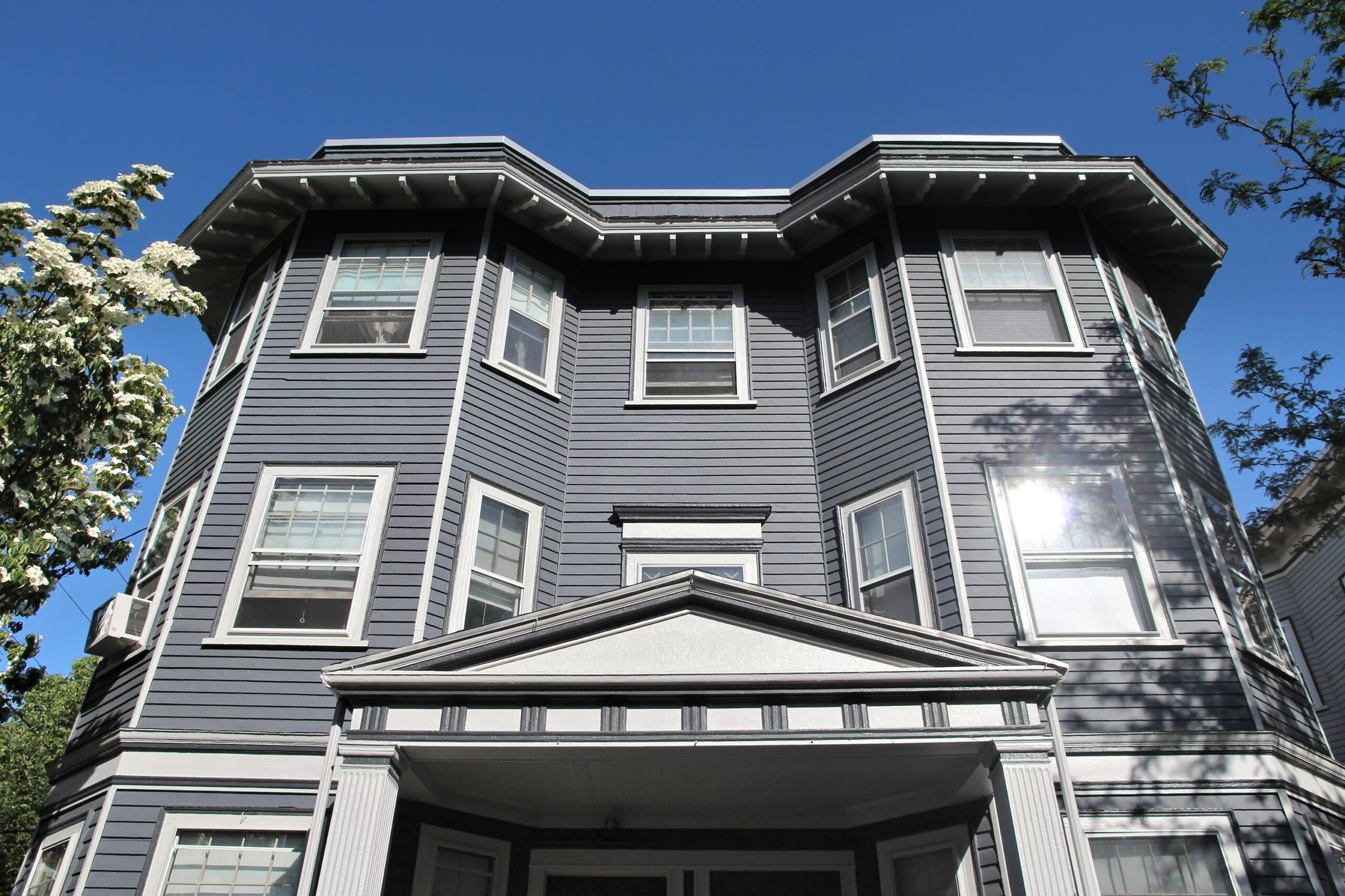Exterior Lead Paint Removal: Process and Why It’s Necessary
Introduction
Imagine you’ve just found the perfect house in New England—a charming, historic gem nestled in a small town. You’re captivated by its character, but beneath the exterior lies a potential danger: lead paint. You’ve heard the horror stories: lead poisoning, especially for children, can lead to developmental delays and lifelong health issues. As you ponder whether this dream home is worth the risk, questions flood your mind: How do I know if there’s lead paint? How can I have a safe lead paint removal? Is it worth the hassle?
At Rhino Shield of New England, we understand this dilemma intimately. We’re not just experts in exterior painting; we’re homeowners too. We know the excitement of finding a perfect home and the anxiety that comes with uncovering hidden hazards. In this article, we’ll guide you through the crucial process of exterior lead paint removal, explaining why it’s essential and detailing how it’s done step-by-step. By the end, you’ll have the knowledge to make informed decisions about your home’s safety and preservation.
Why Did We Stop Using Lead Paint?
In the 1970s, the dangers of lead paint became alarmingly clear, prompting the introduction of the Lead Paint Act. This pivotal legislation banned the use of lead-based paints due to their severe health risks, particularly to children and pregnant women. Despite its durability, lead paint posed significant environmental concerns as well, leading to its gradual phase-out and replacement by safer alternatives like water-based latex paint.
The Importance of Exterior Lead Paint Removal
Lead paint, once a common ingredient in household paint, poses significant health risks, especially when it deteriorates into dust or flakes that can be ingested or inhaled. Lead poisoning can cause neurological damage, particularly in children under six whose brains are still developing. Even low levels of exposure can lead to learning disabilities, behavioral issues, and lowered IQ. For adults, lead exposure can result in high blood pressure, kidney damage, and reproductive problems.
Given these risks, identifying and removing lead paint from the exterior of your home is not just a matter of aesthetics—it’s about safeguarding your family’s health. Here’s why it matters:
- Health Risks: Lead poisoning is entirely preventable but requires proactive steps to mitigate exposure.
- Legal Compliance: In many jurisdictions, homeowners are legally obligated to address lead paint hazards, especially when selling a property.
- Property Value: Homes free of lead paint are more attractive to buyers concerned about health risks, potentially increasing property value.
- Peace of Mind: Removing lead paint ensures that your home is a safe haven for your loved ones, free from hidden dangers.
Step-by-Step Process of Exterior Lead Paint Removal
Removing lead paint requires careful planning and execution to minimize exposure and ensure thorough removal. Here’s how it’s done:
Step 1: Initial Assessment
- Inspect the Exterior: Identify areas with lead paint using a combination of visual inspection and lead testing kits.
- Consult Professionals: Contact Rhino Shield of New England for a professional assessment if you suspect lead paint but are unsure.
Step 2: Safety Precautions
- Containment: Set up barriers to prevent lead dust from spreading to unaffected areas.
- Personal Protective Equipment (PPE): Wear disposable coveralls, gloves, respirators, and eye protection to protect against lead exposure.
Step 3: Surface Preparation
- Cleaning and Scraping: Remove loose paint chips using hand scrapers, ensuring minimal dust generation.
- Power Washing: Clean the surface thoroughly with a power washer to remove dirt and debris.
Step 4: Lead Paint Removal
- Chemical Stripping: Apply lead-specific chemical strippers to break down paint layers containing lead.
- Mechanical Methods: Use heat guns or infrared devices to soften paint for easier removal without generating lead dust.
Step 5: Cleanup and Disposal
- Collection: Collect paint chips and debris using HEPA vacuums and sticky mats to capture lead dust.
- Disposal: Dispose of lead-contaminated waste according to local regulations.
Step 6: Final Cleaning and Inspection
- HEPA Vacuuming: Thoroughly vacuum all surfaces and surrounding areas to remove any remaining dust.
- Wipe Down: Clean surfaces with damp cloths to further reduce dust levels.
- Testing: Conduct post-removal testing to ensure lead levels are below safety thresholds.
Step 7: Repainting and Sealing
- Priming: Apply a high-quality primer suitable for lead-contaminated surfaces.
- Rhino Shield Application: Apply Rhino Shield’s durable, ceramic-based exterior coating to provide long-lasting protection and enhance your home’s curb appeal.
Conclusion
At Rhino Shield of New England, we recognize that lead paint removal isn’t just a service—it’s a critical step towards ensuring your home is a safe sanctuary for your family. We hope that throughout this article you have a better understanding of the dangers of lead paint and how the removal process is conducted.
By choosing Rhino Shield, you’re not just investing in a beautiful exterior; you’re investing in peace of mind. Whether you’re preparing to sell your home or safeguarding it for generations to come, our comprehensive approach to exterior painting ensures that your home is both stunning and safe.
To learn more about the benefits of our Rhino Shield protective coating, click here to receive your offer for a free estimate on your home!





0 Comments